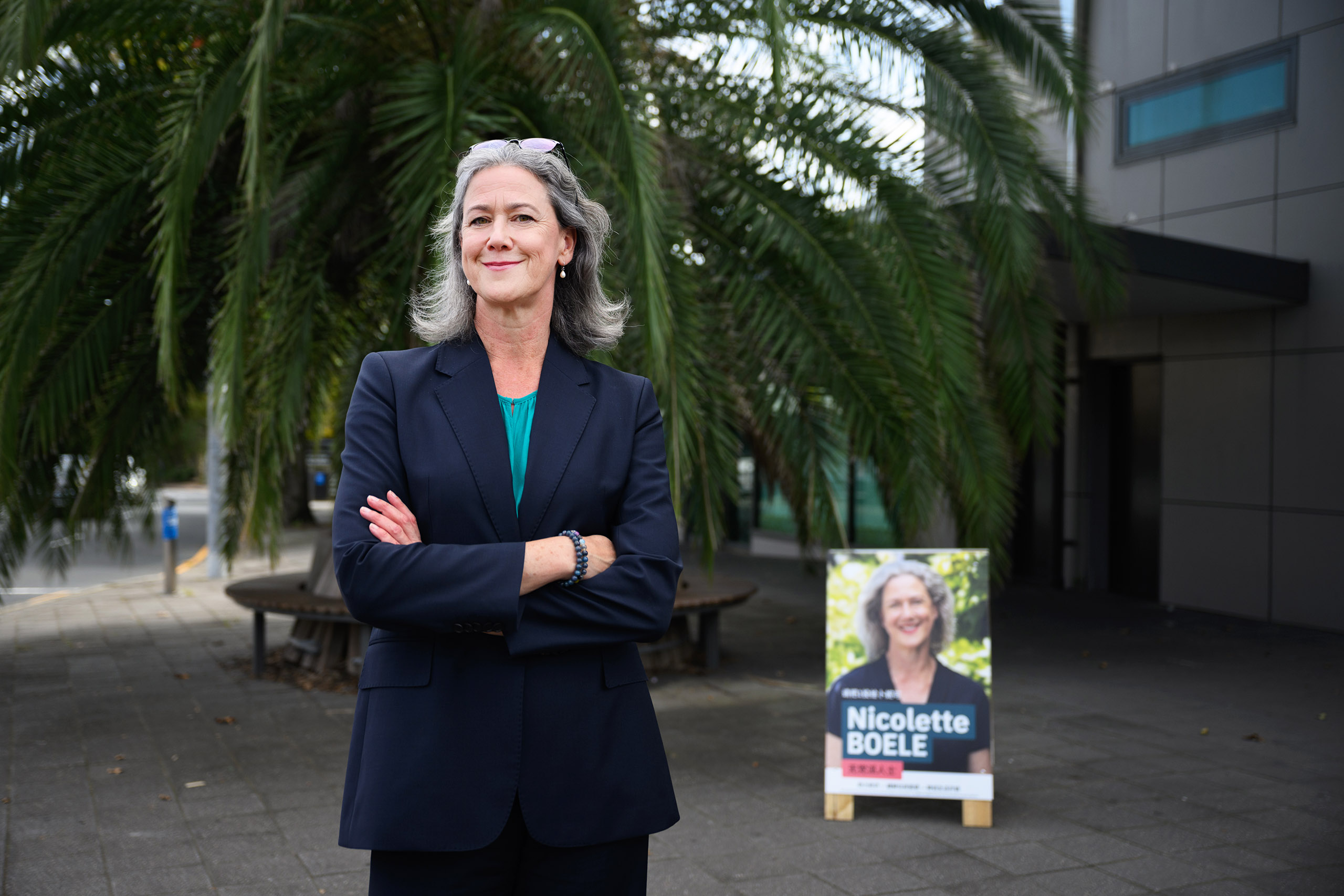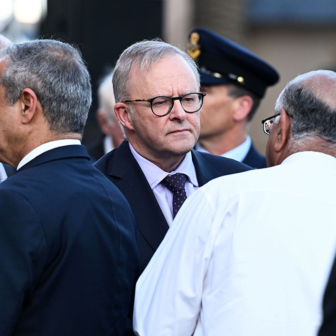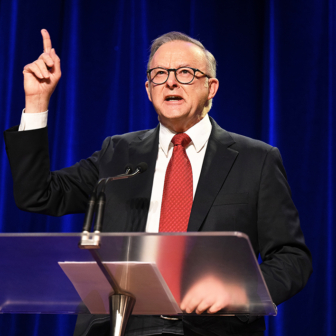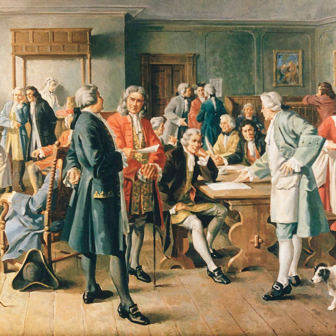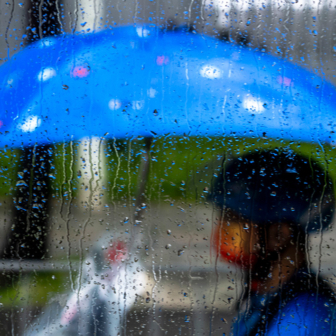It’s accepted wisdom that incumbency counts in individual seats and forfeiting it has a cost. What’s less easy to quantify is precisely how much of a retiring MP’s margin is personal and exits with them. A good incumbent can be worth up to 3 per cent extra in city seats and double that in the regions, some experts venture, with potential subtractions of the same when they go. Others say it’s too dependent on the individual to offer a guesstimate.
This head-exploding federal election is throwing up a bunch of potential surprises, especially — though not only — in seats with retiring long-term incumbents. Even some that are on hefty margins might unexpectedly be in play.
Despite an on-paper buffer of 10 per cent, Labor is being forced to put resources into the outer-west Melbourne seat of Gorton, where former minister Brendan O’Connor is retiring after twenty-four years in parliament. Constituents in the new housing estates of Melton and Sunshine are raging at the state government for ignoring them and funding infrastructure in the eastern suburbs instead and they are looking to punish someone. Opposition leader Peter Dutton was in Gorton on Monday. Labor is spending on advertising to defend it.
In the normally very safe Liberal seat of Forrest, south of Perth in regional Western Australia, independent Sue Chapman is grabbing attention. Liberal retiree Nola Marino held Forrest for eighteen years but copped a 9 per cent primary-vote swing against her in 2022, reducing the final two-party margin to 4.2 per cent. Much of that swing went direct to Labor last time as Western Australia swept Anthony Albanese into power. But his government has approved a wind farm off the coast near Bunbury which isn’t universally popular. The Liberals have vowed to stop it if they win office.
Chapman, who has received funding from independent backers Climate 200, has declined to take a firm position for or against the project but her campaign’s momentum is forcing the Liberals to spend money and time on a seat they’ve held for fifty years.
Forrest is next door to another Liberal stronghold, O’Connor, with one of the Coalition’s proposed nuclear reactors, Collie, just over the electoral border. On Thursday, Anthony Albanese returned to Western Australia and, while he didn’t venture into Forrest, he did stop in Collie to stir things up on the fate of coal workers there.
Among the most interesting outliers with departing incumbents is McPherson on the Gold Coast, where former home affairs minister Karen Andrews has retired after fifteen years. Queensland’s Liberal National Party ignored Andrews’s advocacy for a female replacement and chose Leon Rebello, a thirty-year-old solicitor with strong business ties, from an all-male field. The LNP holds the seat with a solid on-paper margin of 9.3 per cent.
But independent candidate Erchana Murray-Bartlett seems to be stirring things up. Murray-Bartlett is a thirty-five-year-old small business owner and long-distance athlete who ran 6200km from the tip of Cape York to Melbourne in 2022, the equivalent of 150 consecutive marathons, to raise money for wildlife preservation. Campaigning with a pitch to bring “integrity, accountability and real representation,” she started fundraising for her candidacy late last year by running the perimeter of the McPherson electorate. Climate 200 has also helped fund her campaign. The talents of her videographer partner Ryan Lloyd have contributed to a significant social media presence. Murray-Bartlett has 38,000 followers on Instagram, Rebello just under 1300.
When the independent’s candidacy was launched in December, the Gold Coast Bulletin asked Karen Andrews what she thought. Her provocative response only makes the contest more fascinating.
“I’ve been made aware of the candidate’s impressive background and congratulate her on her achievements to date,” Andrews told the newspaper. “Communities deserve leadership that listens, understands and acts with integrity. Leadership is a long-term commitment to the community and more like a marathon than a sprint.”
Other factors are at play in McPherson too. It’s at the slightly less conservative end of the Gold Coast, where Liberal National support has been slipping since 2016. Andrews lost five points off her margin in 2019 and almost as much again in 2022. The Greens gained a 4 per cent swing last time when there was no teal-style independent alternative. This year, the Greens are recommending Murray-Bartlett for their voters’ second preference. Labor’s how-to-vote card has her after the Greens but ahead of the LNP. Also not hurting her chances, she has drawn top position on the ballot paper, the prime spot to harvest donkey votes.
Her camp is hopeful, if not quite confident. The LNP insists McPherson will hold. Some in the Labor Party think the challenger could take it. Others say it’s a very long shot and she will likely fall short, by dint of not having long enough to build up recognition. But the LNP is spending significantly there — again, a sign it can no longer be taken for granted.
Nationwide, voters clearly aren’t done with the idea of independents, and that’s also causing headaches in other seats where some long-time incumbents who aren’t retiring are suddenly under pressure.
Liberal former minister Dan Tehan is being squeezed in the regional Victorian seat of Wannon, where independent former Triple J radio host Alex Dyson is making his third attempt. Dyson, too, is receiving Climate 200 funding and, like Murray-Bartlett, has got lucky and drawn top spot on the ballot paper. Liberals are a bit worried about Wannon.
And in the regional NSW seat of Cowper, independent Caz Heise appears to have a serious shot at ousting the Nationals’ Pat Conaghan. Heise secured 26 per cent of the vote among seven candidates in 2022. Both Labor and the Greens are recommending her for second preferences but Conaghan has drawn a better ballot position. This time there are eleven candidates.
As we enter the final week of campaigning, election 2025 remains a nail biter. In aggregate, the published polls show Labor consistently ahead, although its support is still soft in key areas, especially in Victoria. Some Labor types are murmuring about signs of a comeback in Queensland, where the party’s support is at the low-water mark. But the ghost of 2019 and its high expectations lingers.
Labor’s daring to hope for at least one gain in the sunshine state — the seat of Brisbane, which the Greens took from the LNP last time — and Labor folks are crossing their collective appendages about Leichardt, where LNP incumbent Warren Entsch is retiring.
They’re even pointing to Bonner, in the suburbs of Brisbane city, with something slightly short of anticipation. And, of course, they’re still wishin’ and hopin’ and even spendin’ a little on Peter Dutton’s seat of Dickson.
The LNP is increasingly confident about retaking the suburban seat of Ryan from the Greens. The two major parties are less willing to predict an outcome in Max Chandler-Mather’s Griffith. The Greens think he’ll hold it. Other keen observers say probably… but then again, maybe not.
The Greens are confident in Wills, in Melbourne, where Labor’s Peter Khalil is fighting for his political life and his party is spending thousands upon thousands of dollars on social media advertising to defend him. Labor’s Josh Burns is still battling in Macnamara.
Aston, in Melbourne’s east, seems set to return to the Liberals — Labor won it in a by-election but it’s traditionally been blue — and a battle royal is underway for Labor’s teetering McEwen. Labor-held Chisholm is still in the balance and it is furiously trying to sandbag Hawke, again with volumes of online ads. But the party is also throwing a bit at Liberal-held Deakin and Menzies and Albanese has visited both in the past week or so. Post redistribution, Menzies is notionally Labor but on a margin of just 0.4 per cent. Deakin is the Liberals’ most marginal seat, on a wafer-thin 0.2 per cent. The Nationals are targeting Labor-held Bendigo and talking it up. But Labor suspects that’s more about positioning their candidate for a run at the next state election.
All this just shows what a mixed bag Victoria is.
Western Australia seems to be holding up for Labor and a three-way contest is going on for the new but notionally Labor seat of Bullwinkel. Libs, Nats and Labor types all seem to have it pencilled in their column.
Displaying more chutzpah than some others on his side, Albanese even did a little pre-poll handing out in the Liberal seat of Canning. The seat also neighbours Forrest and is home to shadow defence minister Andrew Hastie, who re-emerged this week alongside Peter Dutton to promise $21 billion for defence, albeit with little detail. Dutton had travelled west for the announcement. A good few commentators are puzzling over Hastie’s hitherto absence from the national campaign and why that announcement was made in the way and at the time that it was. Maybe Canning’s 1.2 per cent margin is part of the answer to both.
Among incumbent teal MPs, Kate Chaney seems most under threat in the beachside Perth seat of Curtin. Victorians Zoe Daniel in Goldstein and Monique Ryan in Kooyong are the most vulnerable of the others.
In New South Wales, the Liberals’ hopes seem to be fading for Gilmore on the south coast and they remain worried about teal challenger Nicolette Boele in Bradfield on Sydney’s north shore, where former minister Paul Fletcher is retiring. Some Liberals believe support is turning in favour of their candidate, Gisele Kapterian. Time is running out.
Labor is quietly confident of retaining Robertson, on the NSW central coast, and now seems less anxious about notionally Liberal Bennelong. Paterson is iffy.
In Tasmania, the Liberals are fighting to hold both Bass and Braddon. In South Australia, Labor is targeting Sturt and the Liberals want Boothby back. The status quo could very well prevail there.
In the Northern Territory, Labor is trying to hold off a Country Liberal challenge in the Darwin seat of Solomon. Whether it can retain the remote seat of Lingiari, which is on just 1.7 per cent but basically impossible to poll, is anyone’s guess.
Adding to this spaghetti pile, some strategists caution that any polls taken over the extended Easter break, which has stretched through Anzac Day for many, are unreliable because of holiday absences and the difficulty in getting a representative sample.
Bottom line: a Liberal majority looks impossible from here but all the other permutations are still live. The huge wave of early voting is another wild card, and a complication for anyone still with policy or other messages to roll out. More than a million people voted in the first two days of pre-polling this week. Liberals have stopped mentioning early voting in some key seats, desperate to slow it down and insisting they are clawing back support with each day.
Only seven of those left till we know if the 2025 list of retirees ends up with more conscripts than volunteers. •
